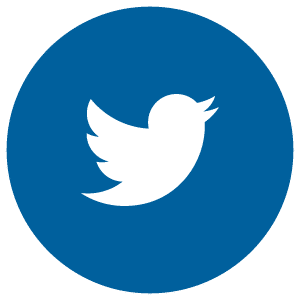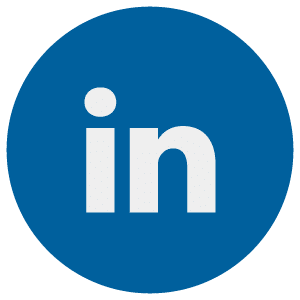The Evolving Utility: The Digital Revolution Meets Traditional Billing
How Usage Monitoring and Electronic Bill Presentation Empowers Customers

The rush to digitize isn’t new. The demand for information and self-service is at an all-time high, and customers expect utilities to give them access to tools that allow them to better understand and control their bill each month. In turn, utilities benefit from less time spent answering simple customer questions, better cash flow due to more on-time payments, and overall improved efficiency. Digitization seems like a no-brainer, yet many utilities still hesitate to provide digital access to customer data.
One of the most straightforward and impactful ways to begin the digitization journey is by offering a mobile app with self-service options. Customers want a utilities app that shows them their usage in a way they can understand and makes it easy to pay their bills on time. MyUsage is an industry-leading app that has driven customer engagement and enhanced self-service offerings for IOUs, municipal and co-op utilities. Their customers are more engaged and loyal as a result.
Key Features & Advantages for Customers
Most customers expect the ability to self-serve before resorting to calling a helpline for questions about their account or bill. In fact, with a well-designed application, customers can often answer their own questions, freeing up time and resources for the utilities and improving customer satisfaction. Modern digital self-service billing tools have several advantages for customers.
- Personalized Alerts
Customers can determine how often they receive alerts and for what type of events they should be alerted. For example, some customers may want to be reminded a few days before their bill is due, while others may want to be notified if their usage is out of the ordinary. Through personalized alerts, they can make that distinction for themselves. This adds another touchpoint between the utilities and its customers to increase loyalty and improve customer experience.

2. Consumption Data
Users can track consumption by the day and even the hour to see when their highest usage is occurring. This feature keeps them coming back to the app and increases engagement 10-fold. It also empowers them to take control of their usage or further explore issues, such as leaks or inefficient insulation. This is another way for the utilities to add value to the customer. Customers rarely view utilities as partners, but advances in technology have allowed them to become just that.

3. Visual Data
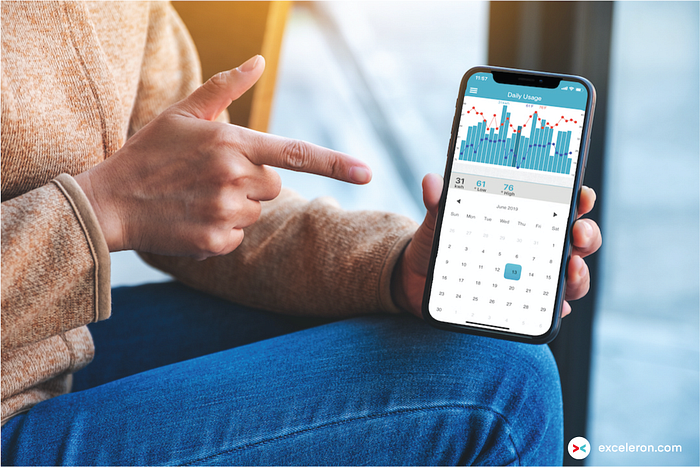
Customers are unlikely to understand quantitative data in written format referring to kilowatt-hours or centum cubic feet. “A picture is worth a thousand words.” Instead, they need to be provided with visual data in the form of graphs and charts to understand their usage, trends and outliers at a glance. In addition, granular views help them tie household activities to the bill-to-date. For example, perhaps they want to understand how adding an additional roommate has impacted their utilities bill in order to split payments fairly. An intuitive, user-friendly app makes that possible.
4. Increased Transparency
What if you filled up your gas tank several times a month, but you did not know how much you paid for gas until the end of the month? This is traditionally how utilities operate from the consumer perspective.
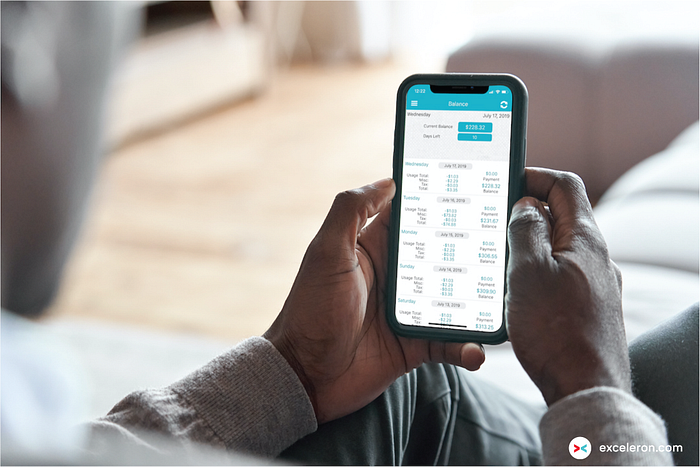
MyUsage gives customers the power to see their bill-to-date and expected bill so there are no surprises when their bill comes. This allows them to budget their paycheck and plan ahead, reducing late fees, missed payments and eliminates customer service calls to make and renegotiate payment arrangements. Customers shouldn’t have to guess how much to budget for utilities each month or feel powerless to reduce their spending.
Improving the Payment Experience
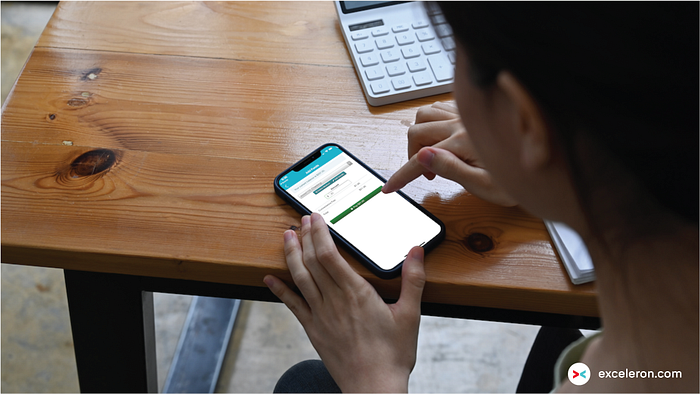
Improving the customer journey isn’t just about creating an excellent app experience. Utilities also need to consider the payment experience, which historically has been cumbersome. Customers want one simple place to pay with low-click options to view and pay their bill.
Customers also want the ability to make multiple smaller payments as they have income rather than one large, lump sum. More and more people are partaking in the gig economy, meaning they may not receive a consistent paycheck. Utilities need to adapt to the changing times.
They also need multiple ways to pay, because different demographics have different preferences. Everyone has a utility bill, but you can’t expect a college student to pay it the same way as someone living in a retirement community. Digitization doesn’t mean removing all paper payment options–It simply means creating a better experience and encouraging people to try digital channels. If the job is done right, they will likely stick with them.
Advantages for Utilities
Utilities also have their own motivations for investing in the digital revolution. Beyond simply delivering a better customer experience and improving customer loyalty, digitization improves operational efficiency.
- Collect and Recover More with Lower Operational Costs
Fewer missed payments means more consistent, reliable revenue for utilities with lower cost to service customer calls and payment arrangements

2. Lay the Foundation
Digitization won’t stop anytime soon. Waiting to invest means missing the opportunity to pave the way for future innovation and risking being left behind.

3. Increased Customer Satisfaction
Simply put, happy customers are more loyal. By engaging with your customers and providing them information, transparency, and self-service, you are building trust with your customers and increasing customer satisfaction.

Digitization is a win-win for customers and utilities. It increases revenue, boosts efficiency, improves the customer experience, and lays the foundation for future improvements. Many utilities are already taking the first step by offering a comprehensive self-service app to their customers through MyUsage.


